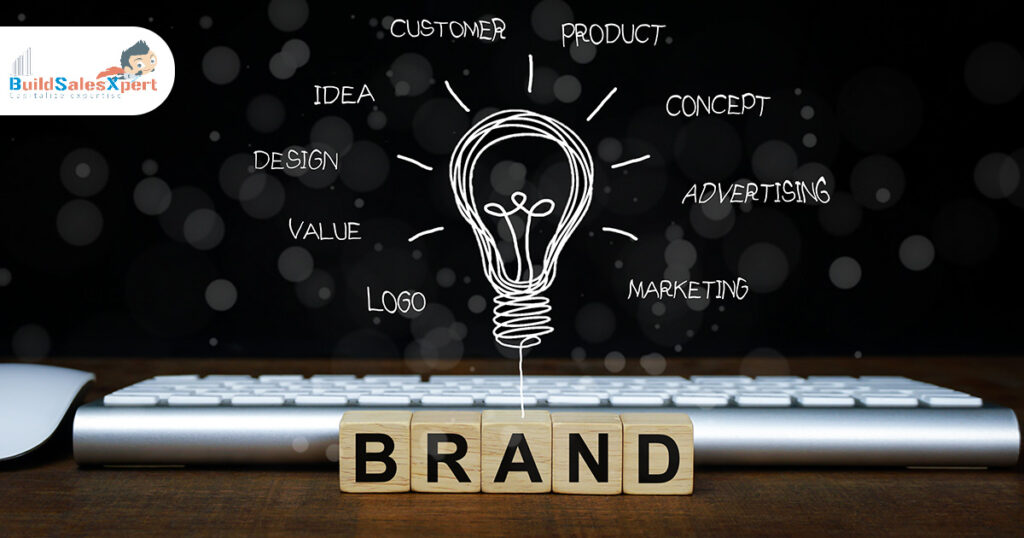To most people, branding is little more than a logo, a tagline, a set of colours, maybe a font or two… The idea that branding is connected, indeed defined by, your personality has never been more important than in today’s digital world. Every day consumers are inundated by a massive onslaught of content released by the growing volume of brands, each striving to catch your eye and pocket.
This does offer consumers a plethora of choices, but for businesses, it is that much harder to stand out from the crowd. the only way a business can ensure it flourishes is to be memorable to the customer. This is not just in terms of colour and content but action too. Do it correctly and your business will have built a brand—and an army of loyal customers, along the way. Here’s why a business must become a brand.
1. Build trust
Smart copy and appealing designs are nothing if they aren’t backed by action. Trust comes from doing something well, repeatedly—forever. If there’s one point you must take away from this article, let it be this.
So, be incredible…but first, be credible
Doing something in style is great for attracting attention, and every business should aim to do this. But we can’t all be Steve Jobs, or our companies, Apple—or can we? Branding goes a long way to show potential customers that you’re a credible business. Building a professional-looking website is great, but only if you can back it up with professional commitment. Businesses that are unable to follow through on the promise they make—even if it is only implied—are setting their customers up for disappointment, and themselves for failure.
2. Earn Higher ROI from your Advertising
Branding and advertising go together like peanut butter and jelly. But they are not interchangeable. Advertising and branding are both important aspects of marketing, but they serve different purposes.
Advertising focuses on creating and distributing communications that promote a product, service, or idea. The goal of advertising is to increase awareness and generate sales. Advertising can take many forms, such as TV and radio commercials, print ads, online ads, and sponsored content.
Branding, on the other hand, focuses on creating and maintaining a consistent image and identity for a company or product. The goal of branding is to establish a unique and recognizable identity that differentiates a company or product from its competitors. Branding includes elements such as a company’s name, logo, and slogan, as well as its overall visual and messaging style.
In simple terms, advertising is the message that is delivered to the customer, while branding is the overall reputation of the company or product. Advertising is a short-term strategy to promote a product or service, while branding is a long-term strategy to establish a company’s reputation and identity in the marketplace.
So, before you spend your hard-earned bucks on advertising, ensure you’ve built a strong brand. This way your advertising messaging will be cohesive, and accurately represent your brand’s promise and values. Advertising without the underpinnings of a strong brand is merely sales, and there is no lasting value to be gained from that. Ensuring your advertising cleaves to a definite brand strategy ensures lasting recognition of your business.
3. Attract the best employees…for your business
Everyone wants the best people working for them, but best is a relative term here. A good employee for Brand A might be a complete mismatch at Brand B. Knowing who you are as a business, your vision, what your value system is, and how it feeds into what you do is essential to hire smartly. Businesses that get this right enjoy a higher degree of productivity and retention. A good employee who is in sync with the brand is nothing less than a brand ambassador for the business, and their passion ignites belief in others as well.
Attracting the right employees also means creating a work environment that corresponds to the brand—this includes everything that goes into creating the ideal culture—i.e. work spaces, work policies, operations protocols, et al. Remember, what works for someone else won’t necessarily work for you.
4. Build Premium Value
India is awash with millions of businesses, especially in traditional sectors like Real Estate Development, which only advertise to make a sale. Once their product is sold out, it’s off to fresh pastures. But this means that the business has earned no recognition from its past projects and no lasting equity. Years down the line, the business owners—and this is especially true for most traditional real estate developers in India—begin to wonder why other businesses are earning a premium although their products may be similar and they may not have been around as long.
Building a strong, differentiated brand allows you to build incremental brand equity, so each successive win adds a measure of recognition to your brand. Local products, for instance, just can’t command the same price as established global or national brands. Ultimately this translates into a premium pricing strategy. For instance consider the pricing of a local developer and a big established brand, both with similar projects in the same area. You will find an appreciable difference in the price, with the big brand able to charge a higher rate, even if the offering is the same.
Next steps
Building a strong brand, be it real estate or any other industry, should begin with a journey of discovery…understanding your business; your vision for it, what you’re offering, who your potential customers are, and how you go about doing what you do. Only after you have a clear idea of your business’s identity should you go about creating design assets, like a logo, stationery, etc.
Stay connected for more real-estate-focused brand-building tips.



